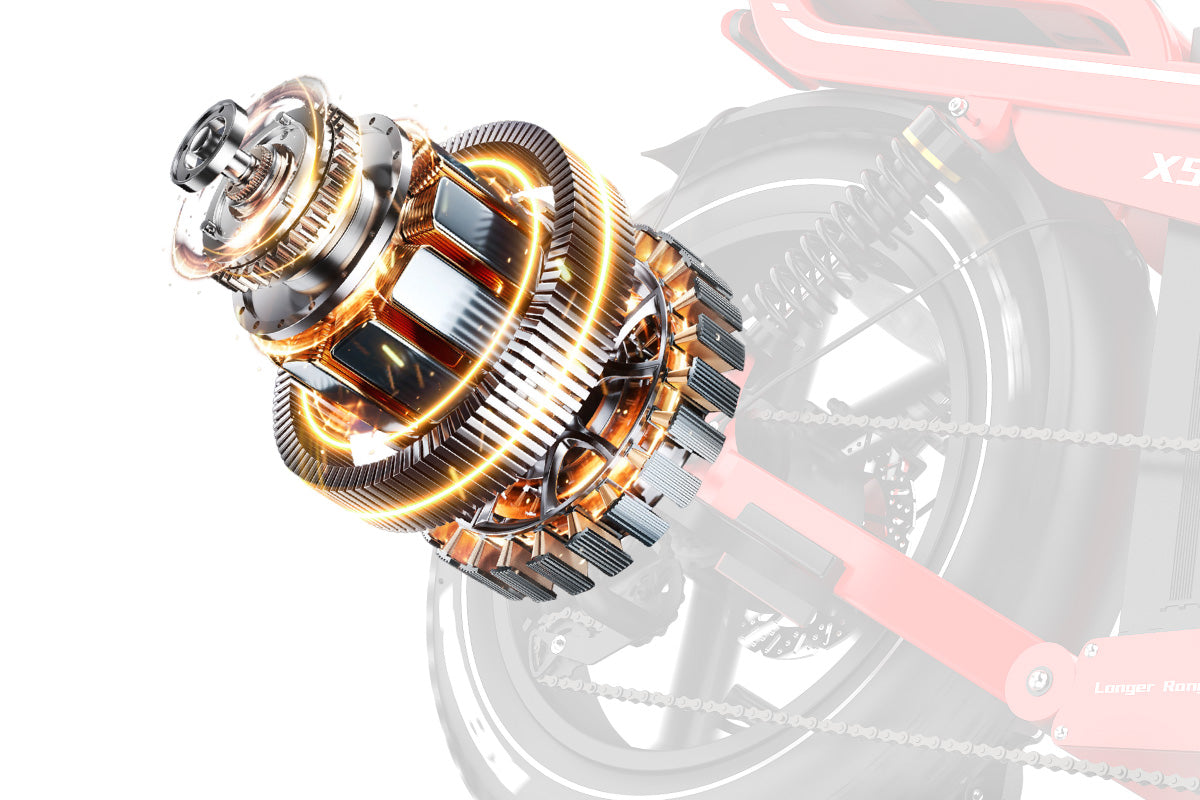A Deep Dive into the Future of Urban Mobility and How to Choose the Perfect eBike
Introduction
The eBike revolution is in full swing, and 2025 is shaping up to be a landmark year for electric bicycles in Europe. With advancements in smart technology, growing environmental awareness, and government incentives, eBikes are no longer just a niche product—they’re a mainstream mobility solution. In this blog, we’ll explore the latest trends, provide a guide to choosing the right eBike.
1. 2025 eBike Market Overview: Europe Leads the Charge
The European eBike market continues to dominate globally, driven by urbanization, sustainability goals, and supportive policies. Here’s a snapshot of the market in 2025:
-
Market Size: According to Statista, the European eBike market is projected to reach €15.6 billion in 2025, with a compound annual growth rate (CAGR) of 12.4% from 2020.
-
Sales Volume: Over 10 million eBikes are expected to be sold in Europe in 2025, with Germany, the Netherlands, and France leading the charge.
-
User Adoption: A recent survey by CONEBI revealed that 35% of urban commuters in Europe now consider eBikes their primary mode of transportation.
Table 1: eBike Sales by Country (2025 Projections)
| Country | eBike Sales (Units) | Market Share |
|---|---|---|
| Germany | 3,200,000 | 32% |
| Netherlands | 1,800,000 | 18% |
| France | 1,500,000 | 15% |
| Italy | 1,000,000 | 10% |
| Others | 2,500,000 | 25% |
2. Smart Technology: The Game-Changer for eBikes in 2025
2025 is the year eBikes become truly “smart.” Here are the top innovations shaping the industry:
a. AI-Powered Adaptive Systems
-
What It Is: AI algorithms that adjust motor output based on terrain, rider weight, and riding style.
-
Example: Bosch’s new Smart System 2.0 offers 20% longer battery life by optimizing energy consumption in real-time.
b. Vehicle-to-Everything (V2X) Connectivity
-
What It Is: eBikes that communicate with traffic lights, other vehicles, and infrastructure to enhance safety and efficiency.
-
Example: Trials in Amsterdam have shown a 30% reduction in accidents at intersections equipped with V2X technology.
c. Solid-State Batteries
-
What It Is: Next-gen batteries offering faster charging and longer lifespans.
-
Example: Yamaha’s new solid-state battery charges in 10 minutes and provides a range of 120 km.
3. The Future of eBikes in Europe: What’s Next?
By 2030, eBikes are expected to account for 50% of all bicycle sales in Europe. Key trends to watch include:
-
Integration with Public Transport: eBikes as first/last-mile solutions.
-
Battery Recycling Programs: Circular economy initiatives to reduce waste.
-
Autonomous Features: Self-balancing and collision-avoidance systems.
Conclusion
2025 is the year eBikes solidify their place in the future of mobility. Whether you’re a daily commuter, an adventure seeker, or an eco-conscious consumer, there’s never been a better time to join the eBike revolution. With cutting-edge technology, generous subsidies, and a growing infrastructure, the future of urban travel is here—and it’s electric.
Ready to find your perfect eBike? Explore our ebikes today! #TESWAY EBIKE
References
-
Statista, “eBike Market Size in Europe 2025,” https://www.statista.com
-
CONEBI, “European Bicycle Industry Report 2025,” https://www.conebi.eu









Share:
A Comprehensive Guide to Electric Bike Suspension: Focus on X5/X7 Models
Empowering Women, Embracing Sustainability: TESWAY E-Bikes for a Greener Future